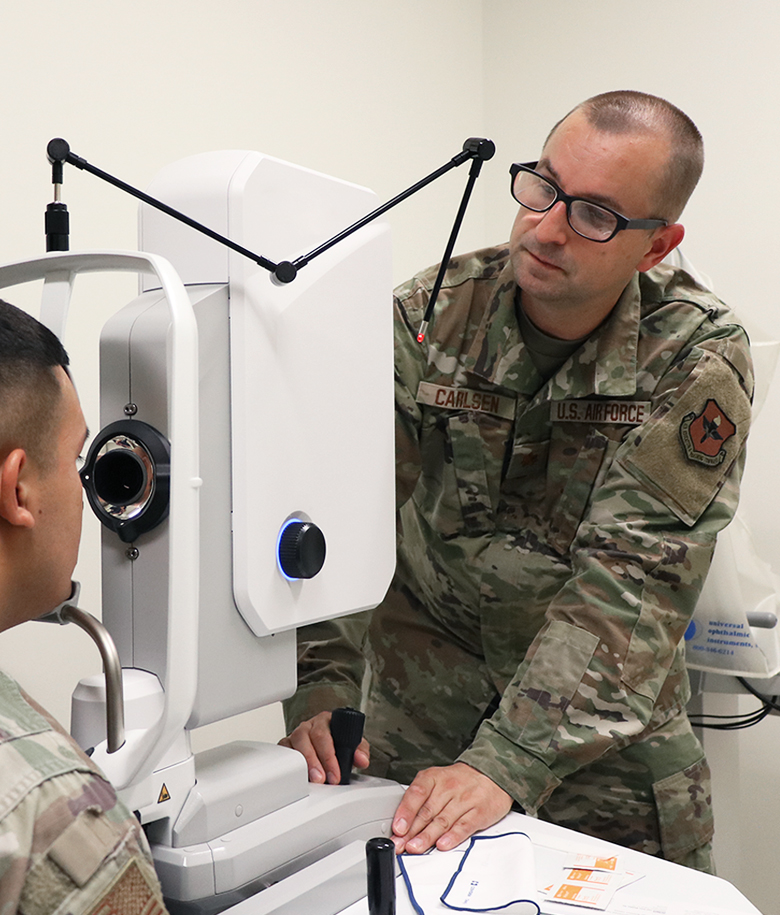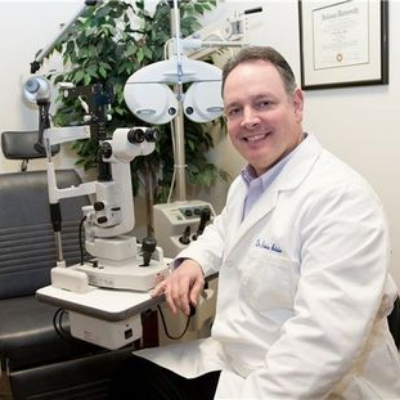Experience Personalized Treatment with Opticore Optometry in Chino
Discovering the most up to date Technological Advancements in Optometry and What They Mean for Eye Doctors
In the ever-evolving field of optometry, recent technical developments are improving exactly how practitioners come close to eye care. From the accuracy of Optical Coherence Tomography to the nuanced understandings offered by AI-driven analysis tools, these advancements are setting new standards in individual assessment and treatment. Teleoptometry is positioned to redefine ease of access, ensuring that know-how goes beyond geographical limitations. As these improvements permeate the method, eye doctors are confronted with the obstacle of embracing these devices to boost client end results. Yet, the question remains: exactly how will these technical shifts redefine the functions and duties within the profession?
Advancements in Diagnostic Devices
Advancing the area of optometry, technologies in analysis tools have actually reinvented the means eye care professionals analyze and detect eye problems and visual problems. The past years has witnessed substantial technological innovations, making it possible for more comprehensive and precise evaluations.
Another secret development is the intro of advanced corneal topography systems, which map the surface curvature of the cornea with precision. These devices are particularly valuable for fitting get in touch with lenses and detecting corneal disorders. In addition, digital retinal imaging has transformed typical ophthalmoscopy, offering comprehensive, breathtaking sights of the retina that facilitate extensive aesthetic examinations.
The growth of wavefront aberrometry has actually also been essential, enabling the analysis of refractive errors with unmatched accuracy (Eye Doctor). This innovation helps in personalizing restorative lenses and improving surgical outcomes for refractive surgical treatments. Collectively, these diagnostic developments empower optometrists to deliver superior person treatment, making certain very early intervention and tailored therapy techniques, inevitably enhancing aesthetic health results
AI in Person Management
Structure on the foundation of cutting-edge diagnostic devices, the unification of expert system (AI) in client management stands for a transformative leap for optometry. AI systems are increasingly used to improve efficiency, precision, and personalization in patient care. By analyzing vast quantities of data, AI can recognize patterns and anticipate potential eye conditions, making it possible for eye doctors to tailor treatments better. This capability is crucial in taking care of chronic eye conditions such as glaucoma and diabetic retinopathy, where very early detection and continual tracking are vital.
Furthermore, AI-driven systems help with structured patient interactions and management procedures. Automated scheduling, online appointments, and personalized follow-up strategies not just improve client contentment but likewise maximize time management for professionals. These systems can triage people based on the seriousness of their problems, making certain that those in vital demand receive timely attention.
Additionally, AI boosts decision-making by giving eye doctors with evidence-based referrals and treatment pathways. By incorporating information from digital health records, AI tools provide insights that inform medical choices, reducing the risk of errors and improving client results. As AI remains to progress, its function in individual monitoring will likely increase, improving the landscape of optometric treatment.
Advancements in Retinal Imaging
In the world of optometry, retinal imaging has actually seen remarkable technical innovations that are improving analysis capacities and individual treatment. Advancements such as Optical Comprehensibility Tomography (OCT) and fundus digital photography have actually changed just how eye doctors picture and examine the retina. OCT, in particular, provides high-resolution, cross-sectional photos of the retina, permitting the thorough assessment of its layers. This ability is indispensable More Help for early detection and management of problems like glaucoma, diabetic retinopathy, and age-related macular degeneration.
Boosted imaging modalities like OCT angiography are more refining diagnostic accuracy. This non-invasive technique maps blood circulation in the retina, providing critical understandings into vascular health and wellness without the demand for dye injections. Additionally, flexible optics innovation is being integrated right into retinal imaging systems to deal with eye aberrations, supplying unmatched picture quality. Such improvements facilitate the identification of min retinal changes that might indicate disease development.
Additionally, improvements in fabricated intelligence are augmenting retinal imaging by allowing automatic evaluation of huge datasets. These systems aid eye doctors in identifying patterns a sign of pathology, thereby improving analysis precision and efficiency. Collectively, these innovations are transforming retinal imaging into a keystone of modern-day eye treatment, boosting end results and increasing healing opportunities.
Teleoptometry's Expanding Duty
Teleoptometry is significantly coming to be a vital component of eye treatment, driven by innovations in electronic interaction and diagnostic tools. As optometry accepts digital change, teleoptometry helps with remote assessments, enabling eye doctors to expand their solutions past typical boundaries. This is specifically advantageous in rural and underserved locations where access to specialized eye care is often limited. By leveraging high-resolution video clip conferencing and progressed retinal imaging, optometrists can conduct thorough eye tests from afar, ensuring timely medical diagnosis and therapy.
The integration of artificial knowledge (AI) additional enhances teleoptometry, allowing the analysis of aesthetic data and helping in the detection of eye problems such as glaucoma and diabetic retinopathy. AI-powered formulas can rapidly analyze complicated imaging information, offering eye doctors with important understandings that reinforce professional decision-making.
Furthermore, teleoptometry sustains continuity of care via seamless assimilation with electronic wellness records (EHRs), allowing eye doctors to keep extensive patient histories. This ensures that clients obtain consistent and tailored treatment also when seeking advice from different practitioners.
Despite these advantages, difficulties stay, consisting of making certain data safety and security and handling individual assumptions. However, teleoptometry stands for a significant stride towards more easily accessible, effective, and patient-centered eye treatment. As modern technology advances, its duty is positioned to increase better.

Future Fads in Eye Treatment
A myriad of cutting-edge patterns is readied to reshape the future of eye care, driven by technological innovations and the advancing needs of people. One significant fad is the integration of artificial knowledge (AI) in diagnostics, which guarantees to improve the precision and efficiency of eye examinations. AI formulas can examine huge quantities of information from retinal pictures, potentially detecting problems like diabetic person retinopathy and glaucoma earlier than conventional methods.
In addition, tailored medication is gaining grip in optometry, with genetic testing educating personalized treatment strategies. This method intends to enhance client outcomes by customizing interventions to specific genetic accounts. Wearable innovation, such as smart call lenses, is additionally imminent, offering real-time surveillance of intraocular pressure or sugar levels, therefore providing constant insights into systemic and ocular wellness.
The adoption of enhanced Discover More fact (AR) and online fact (VR) in training and person education is one more emerging pattern. These technologies use immersive experiences that can enhance understanding and skills both for eye doctors and clients. As these fads evolve, eye doctors have to read review stay abreast of technical developments to give advanced treatment, making certain improved individual end results and fulfillment in the vibrant landscape of eye care.
Final Thought

Jointly, these analysis developments empower eye doctors to provide exceptional patient treatment, making sure early treatment and tailored treatment approaches, inevitably enhancing visual health end results.

As these modern technologies proceed to develop, optometrists have to adjust and incorporate them into method, inevitably optimizing workflow effectiveness and boosting the criterion of eye treatment provided to patients.